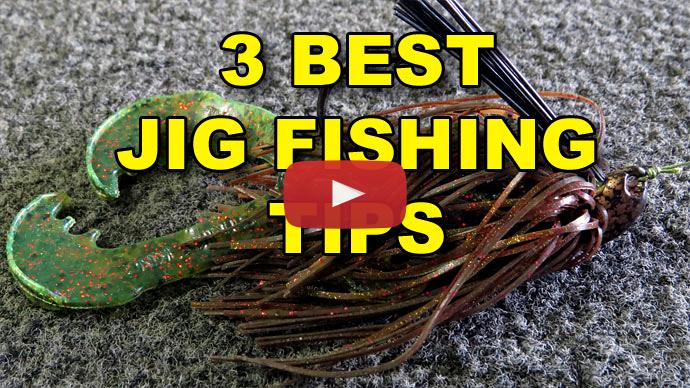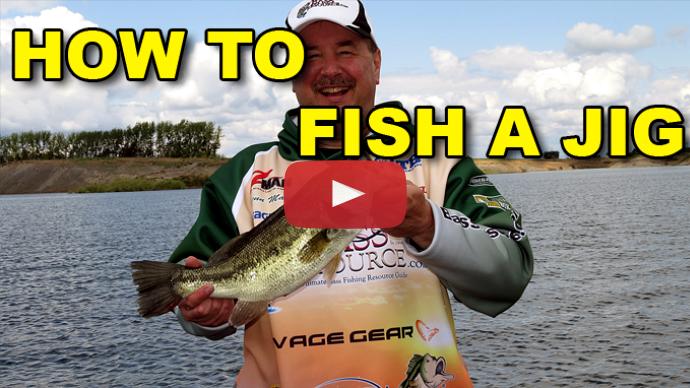So, this question comes from a viewer who wants to know more about jig head design. Specifically, they ask lot of jig heads look the same out of the package, but really what's the difference in the design? What makes one better than the other? Well, that's a really good question because there's several different types of jigs. There's round head jigs, there's football jigs, there's pointed head jigs, swim jigs, and each and every one of those actually has a place. There's not one jig universal jig head that you can use.
For example, a pointed shaped head jig, it's best you used for vegetation simply because it will slide through different forms of vegetation without getting hung up. It's not gonna collect all those weeds on it. And so it's really good for those weedy vegetation type things where the big bass actually are.
But another type of jig head design is a round head jig and that I actually really like a lot, it's not really good for weeds, but it's good for wood and rocky areas, points, and humps, and ledges, that sort of thing. I like the ones that have the eye on the top of the head because they don't get hung up as easy. They actually will go through rocks and such and come out of it. Even if you get a little bit hung up with that eye on the top on that round head design, it's easy to get them unhooked or unstuck, if you will. So, if you had that pointed head design like I mentioned earlier for vegetation, they just wedge themselves in the rocks and you're just gonna get really frustrated because you're gonna get hung up a lot and lose a lot of jigs. But the round head, that's better designed for that.
The football head jig is actually... it's named because of its football design. That's a hybrid and it works really well in those rocky areas as well, small rocks, deeper areas. I like to fish that in deep water. They're usually rocky or have some kind of a hard bottom to them and they come through really well. They don't get hung up as easy as well. Again, if you noticed that the eye of it is at the top of the head, so that aids in its ability to get through all those rocks without getting stuck or even if you do get wedged in there, they'll pop out easily. Whereas a jig head with an eye on the front, you'll actually pull it snug against the rocks and you're not gonna get them out, you're just gonna wedge it in there even tighter.
Now, the swim jig, that needs a pointed head. And actually, if you look at it on the bottom of it or near the bottom of it, it has these fins, if you will, and it is a little bit of flat design on the bottom. The way that it's designed, it helps it move through the water a lot easier without it rolling from one side or the other. So, it's designed to be pulled through the water column and look like something living, breathing that's swimming through the water. You can't really do that with, say a football jig. It's gonna wobble, then flip over and rollover or even the weedless jigs that I mentioned early for weeds, they don't have that design on the head, so it doesn't stabilize it. Swim jig is designed for it and helps it glide right through the water a lot easier. So, each jig has its pros and cons and it really...it's all about is matching the type of jig you're gonna use with the type of cover you're gonna fish to get the best results. So, that's why there's different jig head designs.
For more tips and tricks like this, visit BassResource.com.



